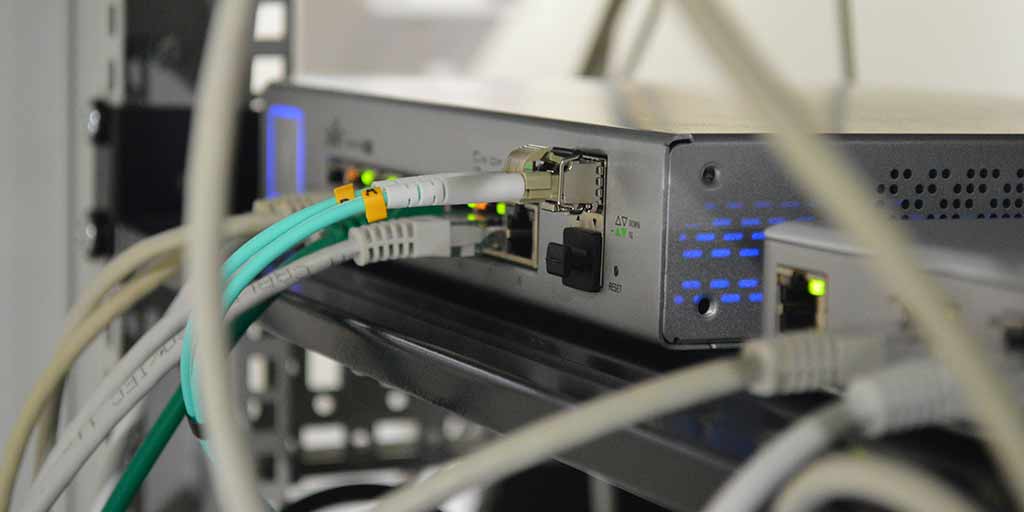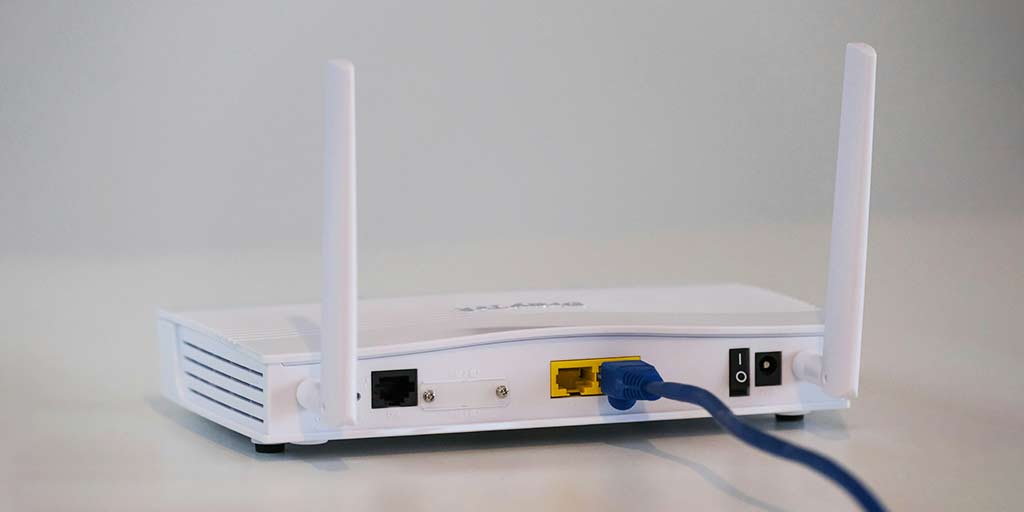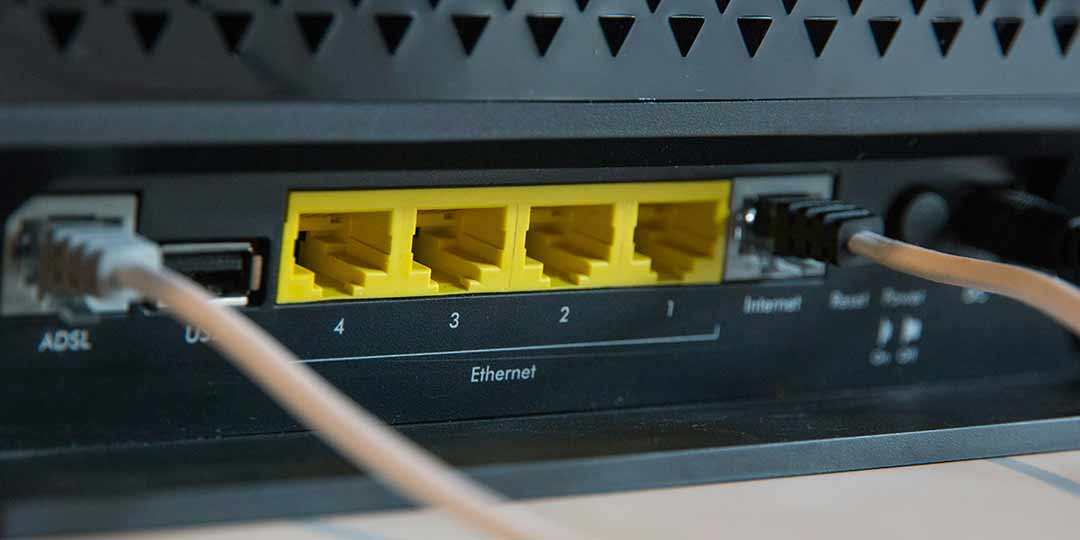As we use the ever-advancing networking tech in 2025, the relevance of open-source firmware like DD-WRT and Open-WRT continues to spark deep discussions in the community. As a networking enthusiast with a soft spot for home labs and DIY network equipment, I find these developments fascinating. Let’s talk about why these open-source firmware solutions still matter, especially for those of us who love to tinker with our Wireless routers and customize our home networks.
Understanding DD-WRT and Open-WRT
DD-WRT and Open-WRT are more than just firmware; they are gateways to unlocking and tweaking the true capabilities of your network router. These Linux-based open-source platforms transform standard routers, especially older ones into highly customizable devices. From VPN and VLAN support to bandwidth management and advanced security features, they empower users with tools usually found in most high-end WiFi routers.
Are Open-WRT and DD-WRT Relevant in 2025?
Yes, DD-WRT and Open-WRT have not just kept pace but also carved out a segment of the market for themselves. This firmware continues to offer unparalleled flexibility and control, something that off-the-shelf WiFi routers, despite their advancements, still lack.
For those of us who like tweaking and optimizing our network setups, these firmware are a playground. The ability to fine-tune settings, monitor performance in real time, and experiment with new features is something we can rarely get out of off-the-shelf wireless routers. Especially when it’s not just about making the router work; it’s about making it work optimally for our specific needs.
Home Lab Enthusiasts

Home lab enthusiasts, often blending networking with a passion for tech DIY, find a perfect match in DD-WRT and Open-WRT. These platforms allow for intricate network configurations like creating segmented networks for IoT devices, setting up advanced firewall rules, or running a custom DNS server, providing the satisfaction of building a network that perfectly suits your home lab.
Key Features and Capabilities in 2025
User Interface and Usability
Gone are the days when open-source meant clunky interfaces and steep learning curves. Modern iterations of DD-WRT and Open-WRT feature intuitive and user-friendly interfaces, making them accessible even to newcomers. while still retaining the depth required by advanced users. Whether tweaking QoS settings for optimal gaming performance or setting up a VPN for secure remote access, they shine in their customization capabilities to offer a level of control that’s hard to find in stock firmware these router manufacturers offer.
Compatibility with Current Hardware
A significant advantage of DD-WRT and Open-WRT is their compatibility with a wide range of hardware. From old routers given a new lease of life to the latest models, these firmware extend their capabilities beyond the manufacturer’s original intent. But there are some things to consider before choosing which type of open-source firmware you will use for your router.
- DD-WRT: If you have older router hardware and prefer firmware that will likely support it with less hassle, DD-WRT may be the better choice. Its community support and willingness to use proprietary drivers give it an edge in compatibility with most Wi-Fi routers on the market.
- OpenWRT: This firmware offers higher customization and advanced features for users with specific requirements and more recent router models supported by OpenWRT. However, it may not be the best fit for older routers requiring proprietary driver support, especially with Wi-Fi routers. It is also for someone who is more tech-savvy and is willing to do more tinkering to get what they want from their router.
Future of Open-Source Firmware

The future looks bright for open-source firmware. With projects like OpenWRT’s first in-house hardware design marking two decades of innovation, it’s clear that the community and developers are committed to pushing the boundaries further.
Real-world applications of this open-source firmware are as diverse as their user base. For instance, a small business could leverage DD-WRT’s VPN capabilities to set up a secure remote working environment. Similarly, a tech hobbyist might use Open-WRT to create a highly secure and efficient home network. The open-source approach championed by DD-WRT and Open-WRT provides a refreshing level of freedom and control.
The vibrant community around these firmware is also a testament to their relevance. From regular updates tackling security and performance to the collaborative nature of problem-solving, the community support is unparalleled.
Conclusion
My take is that open-source Firmware like DD-WRT and Open-WRT will remain quite relevant in 2025, particularly for networking enthusiasts and home lab hobbyists. The flexibility, depth of control, and community support of these firmware make them indispensable tools in our networking arsenals. As we continue to witness the evolution of consumer-grade routers, the role of open-source firmware becomes not just about providing an alternative but also about offering a wide range of customization in any modern network stack.

